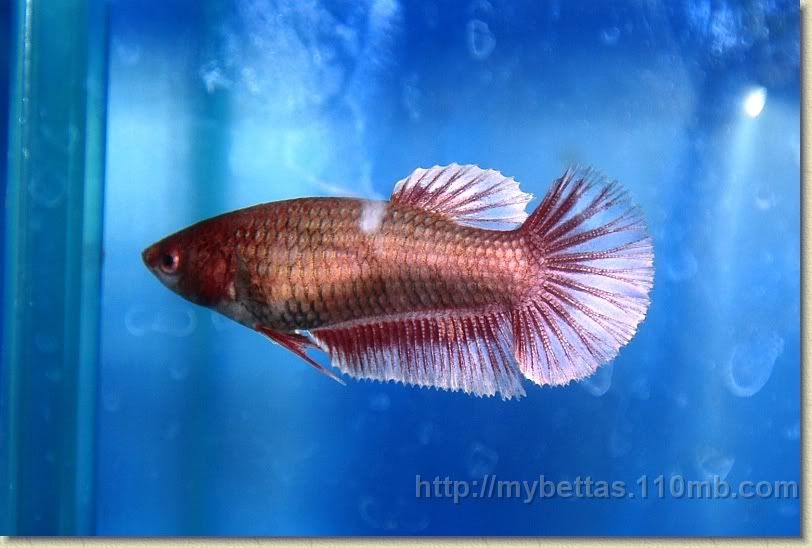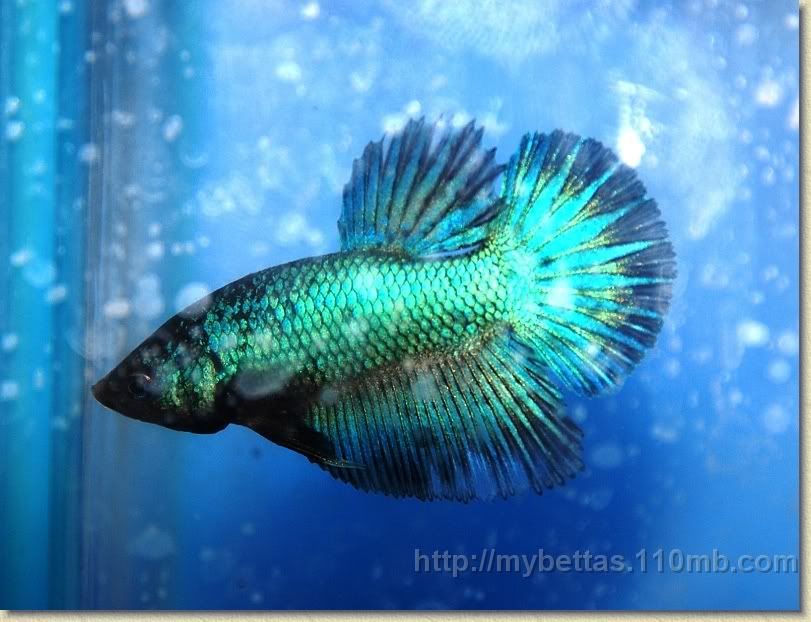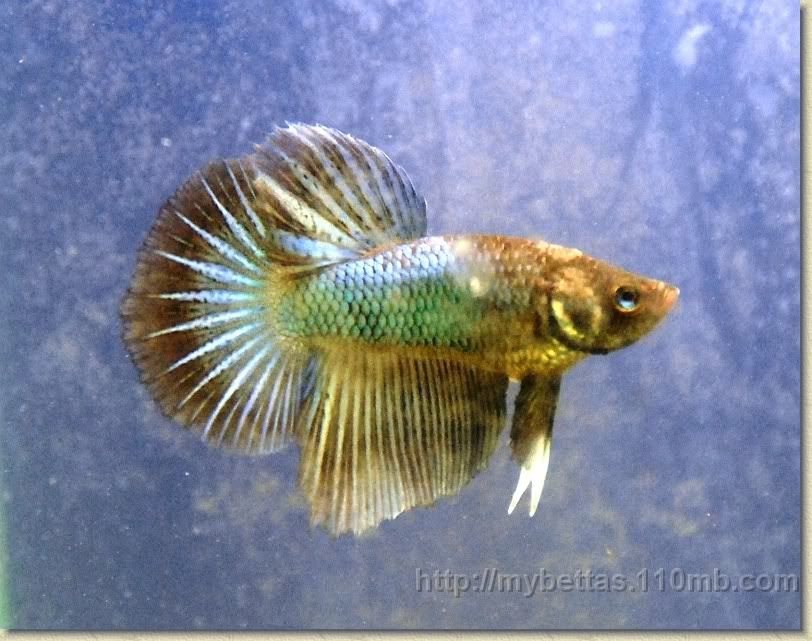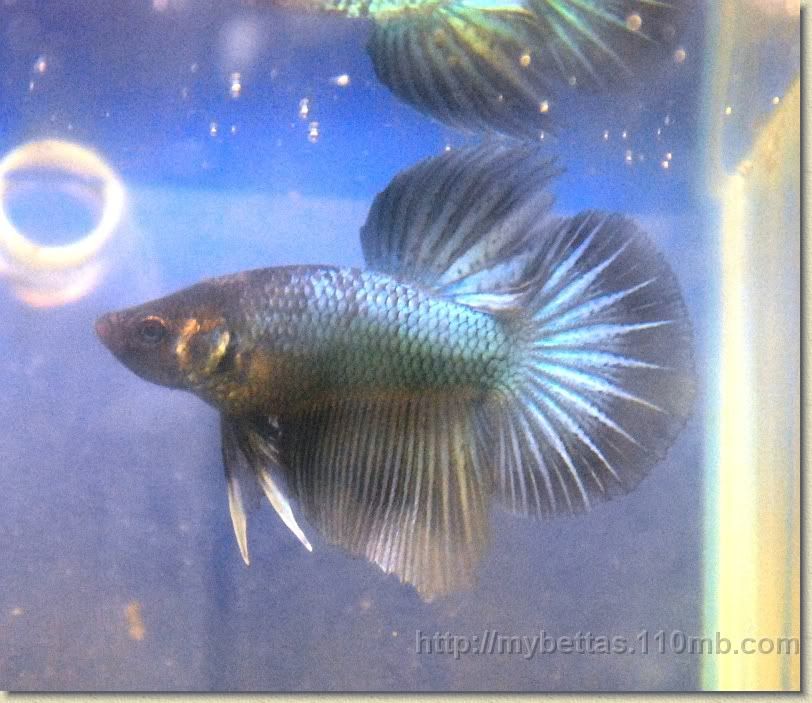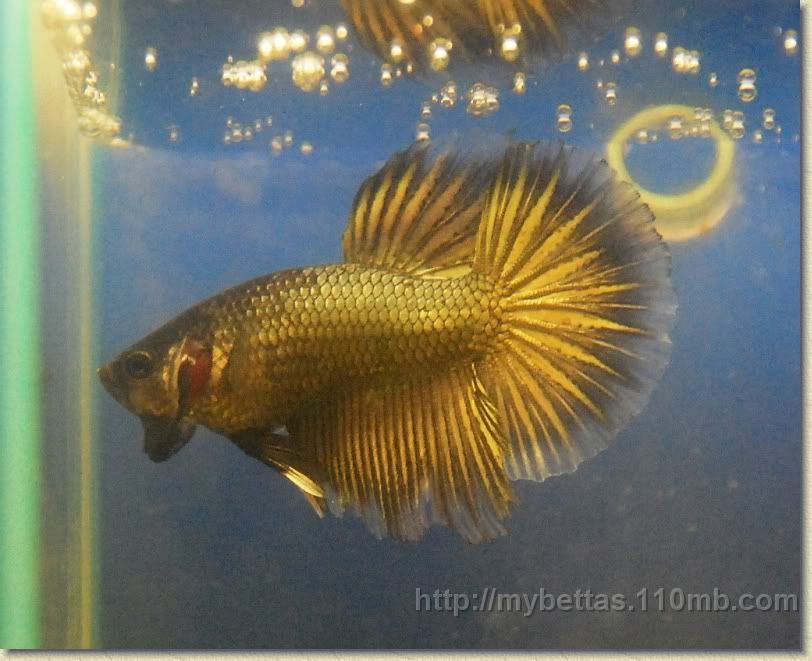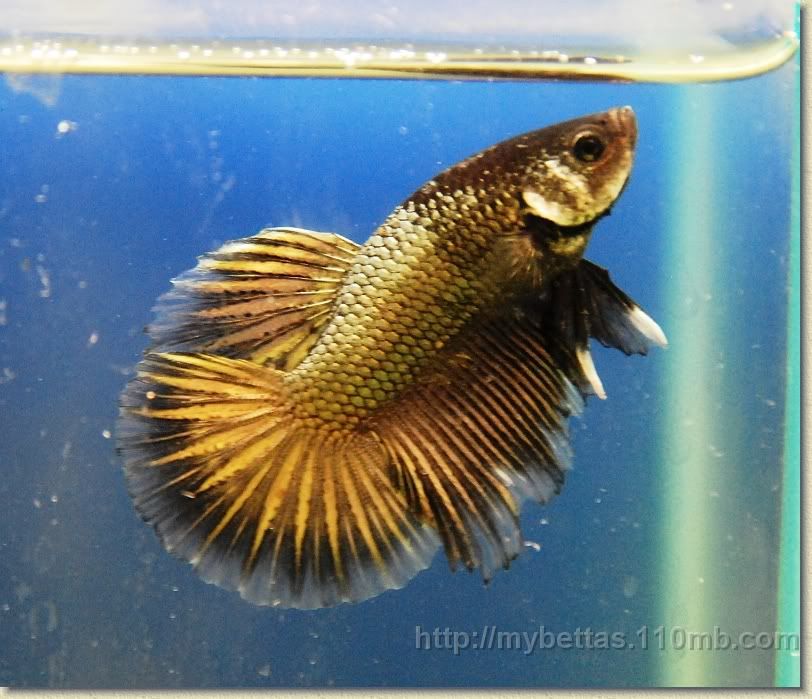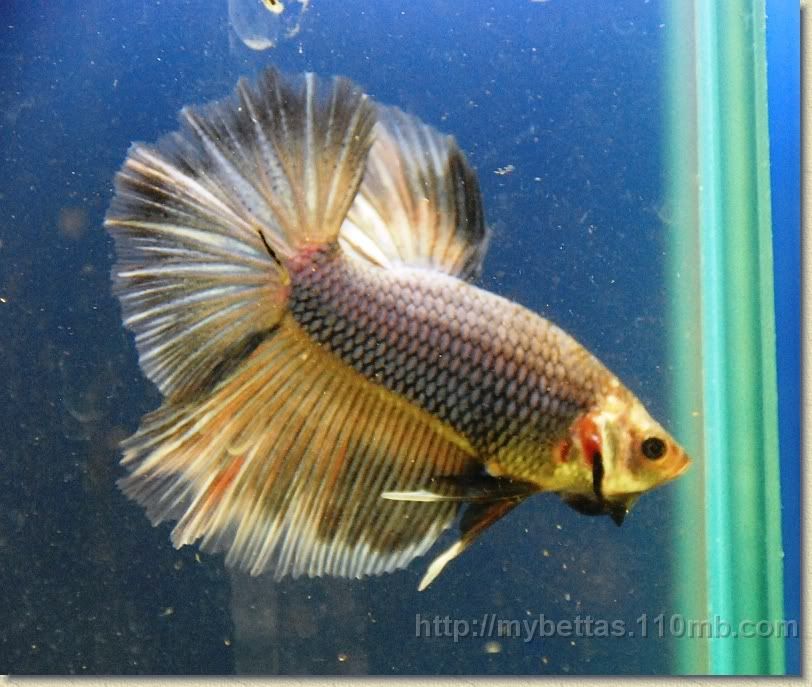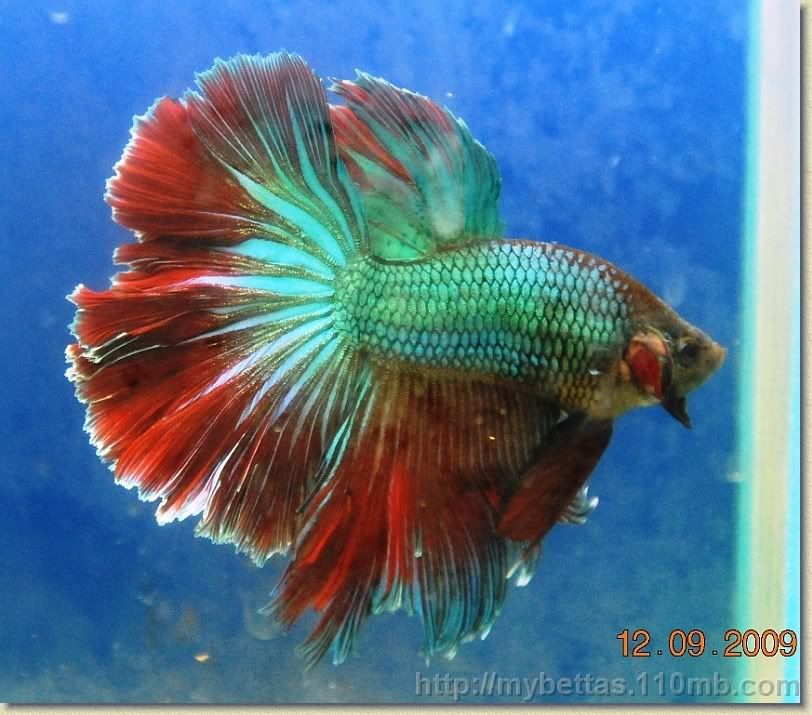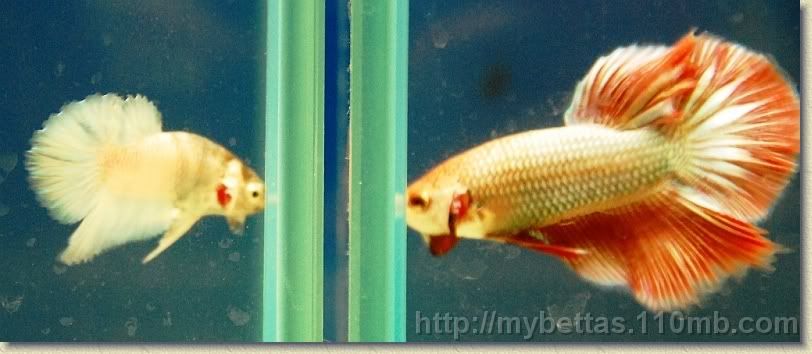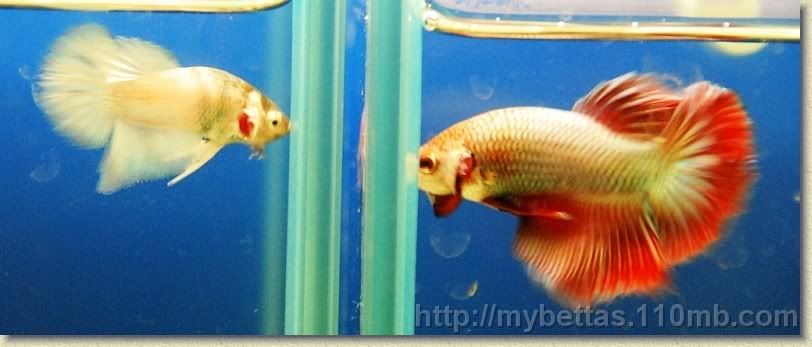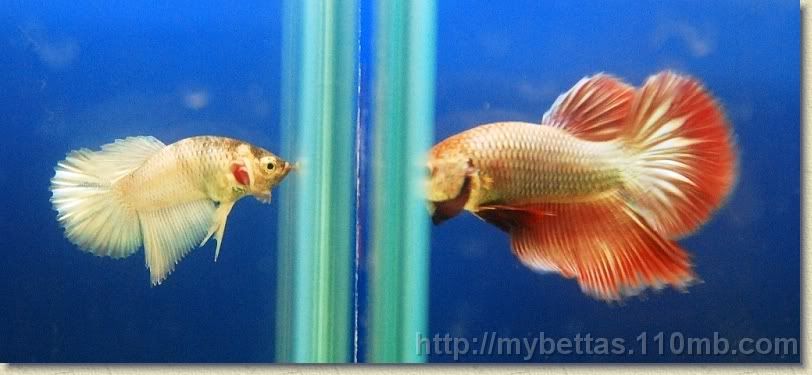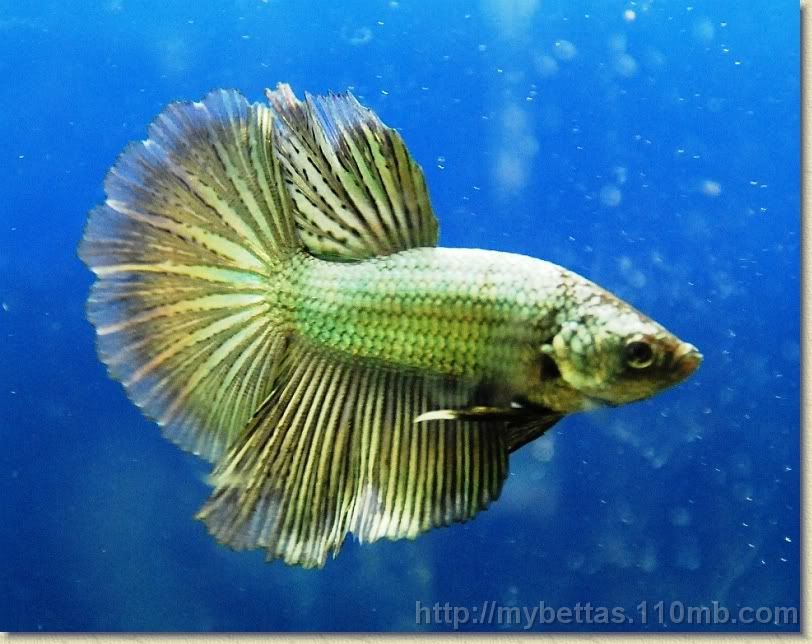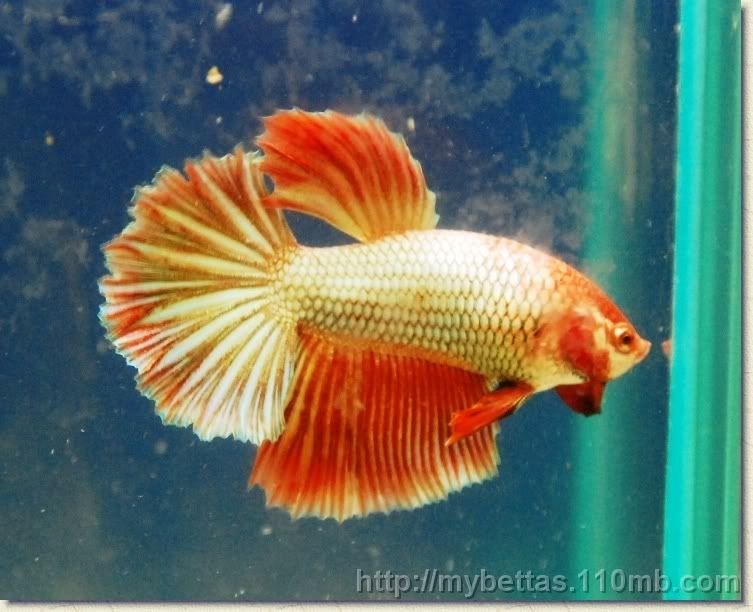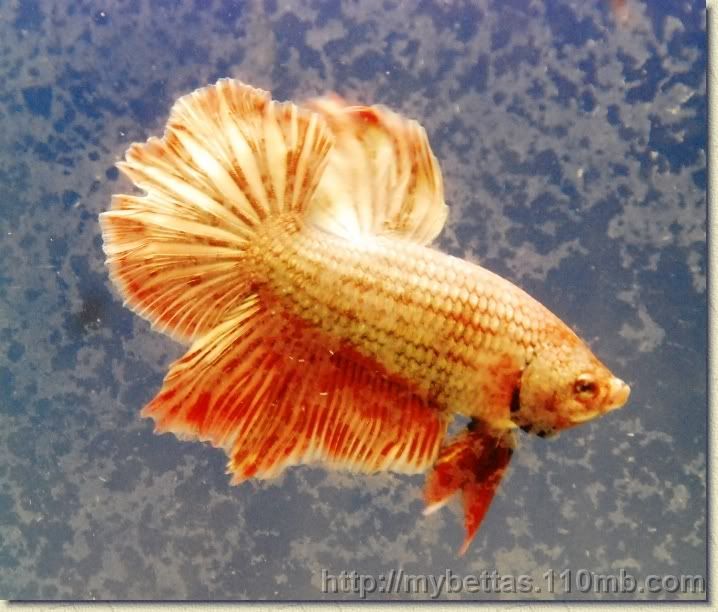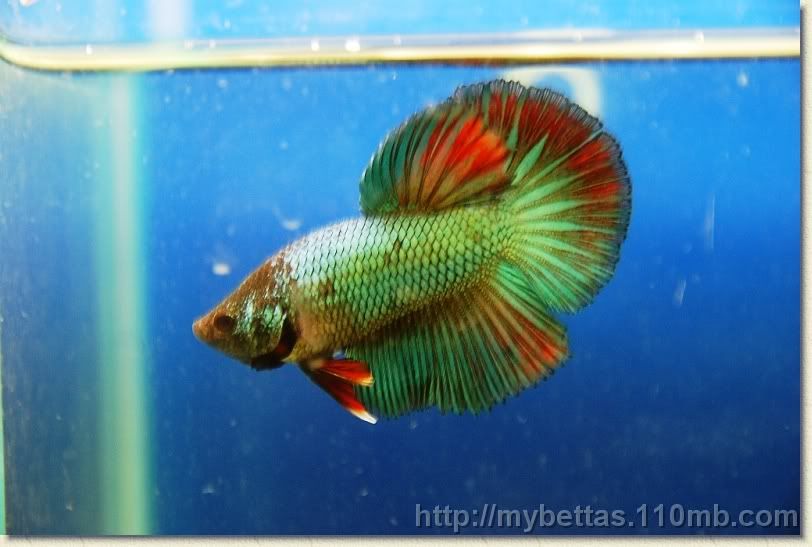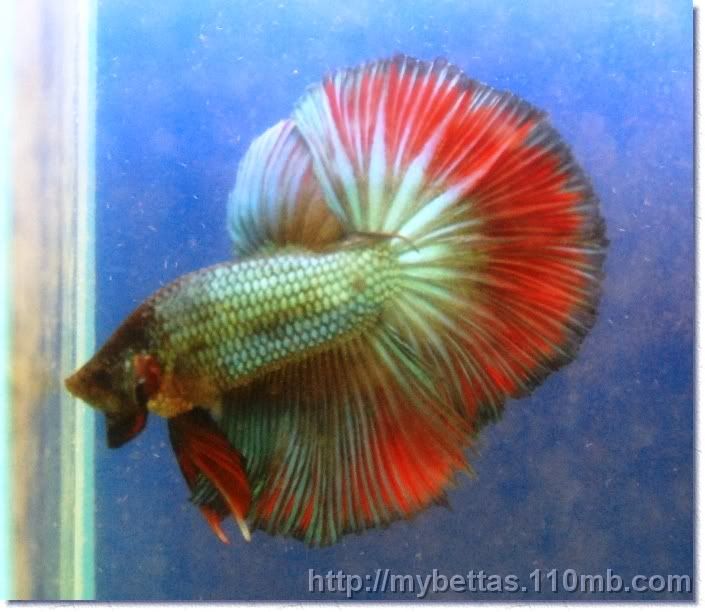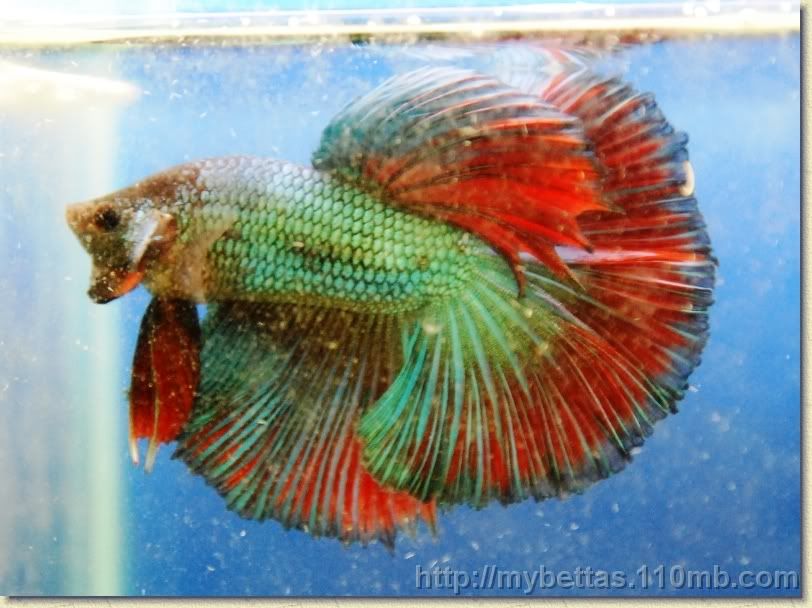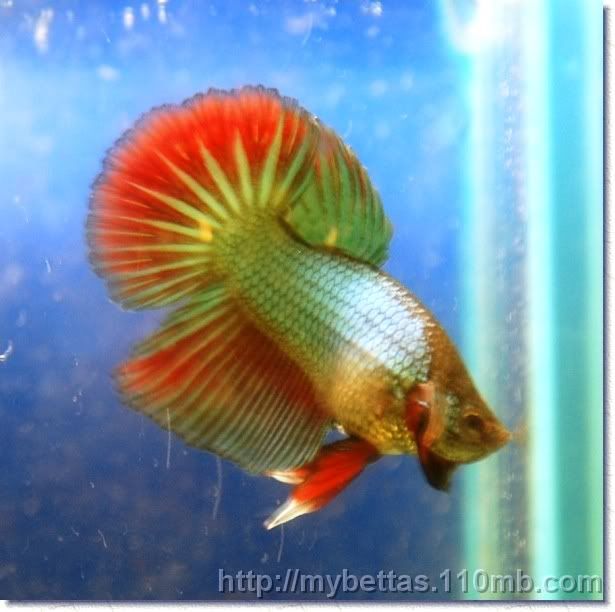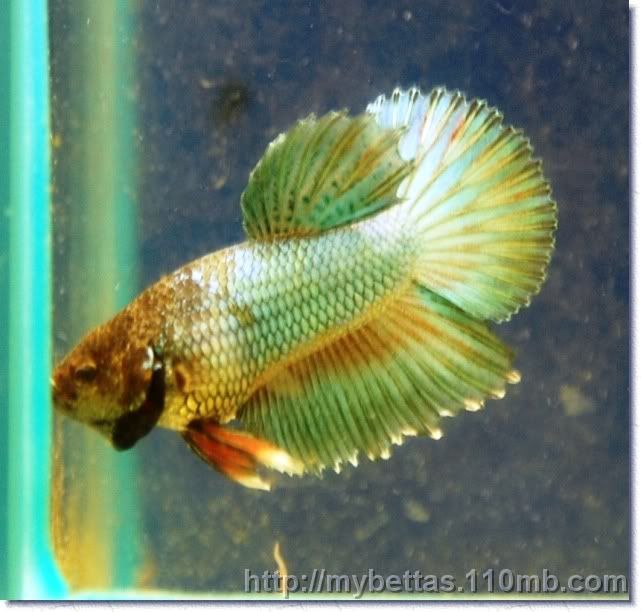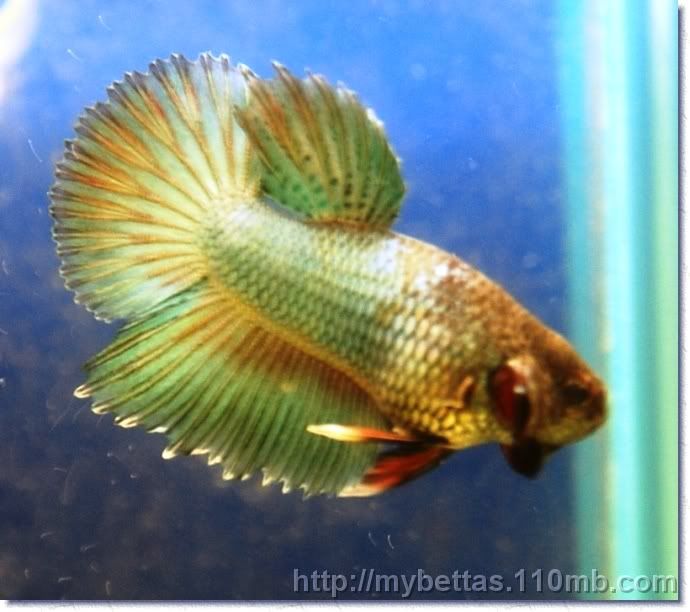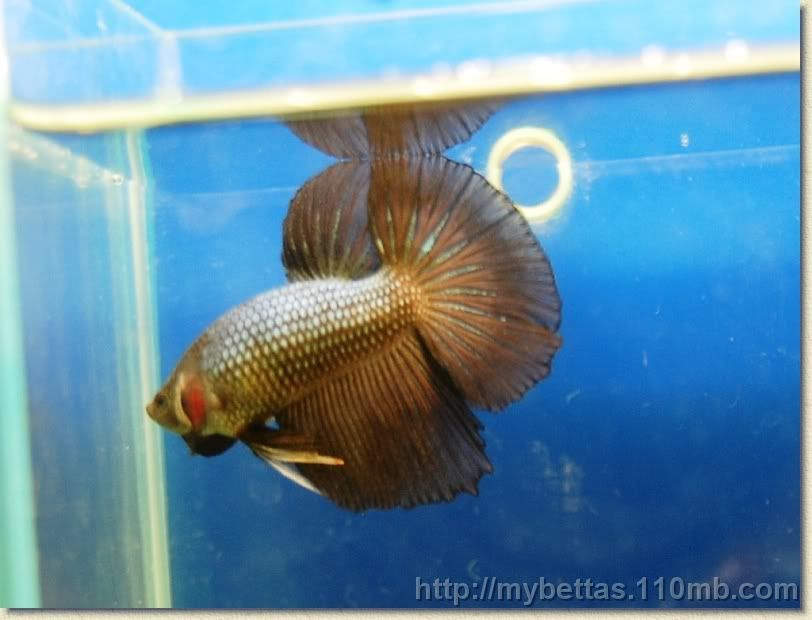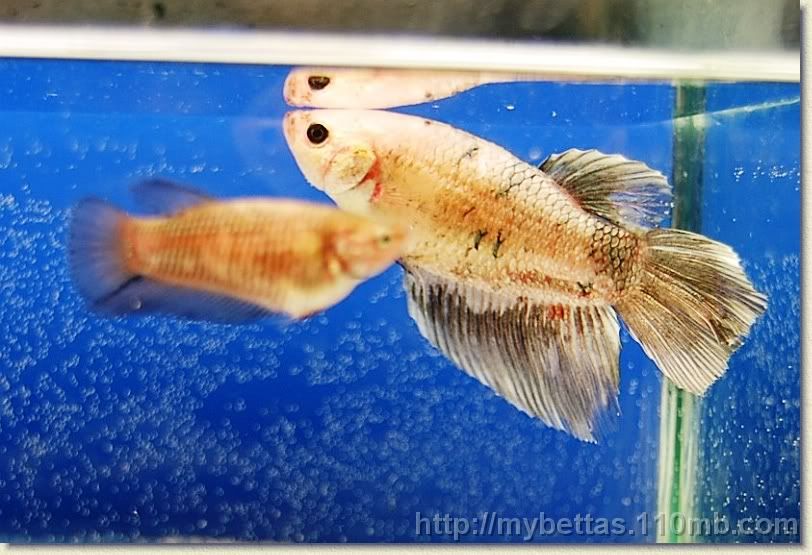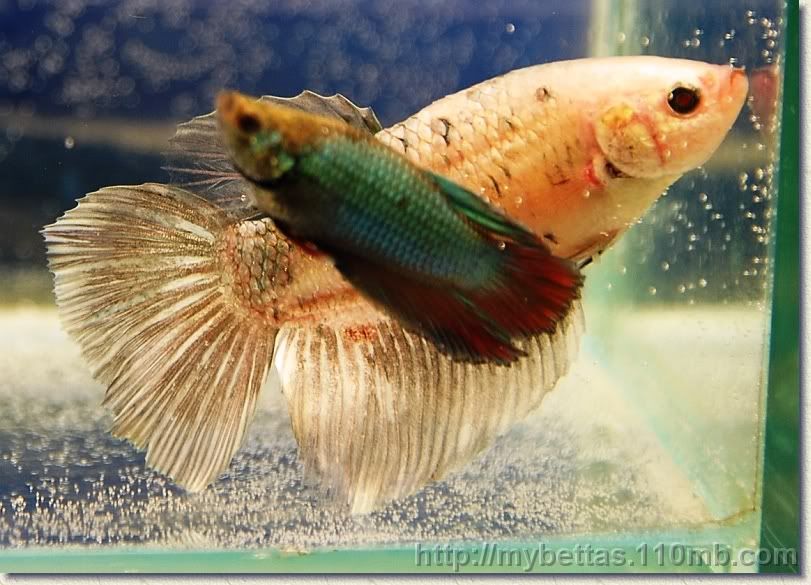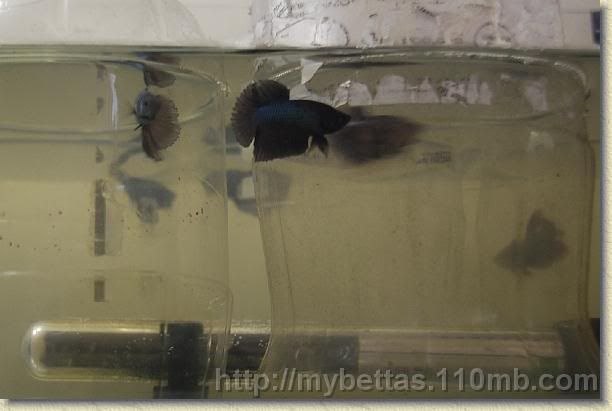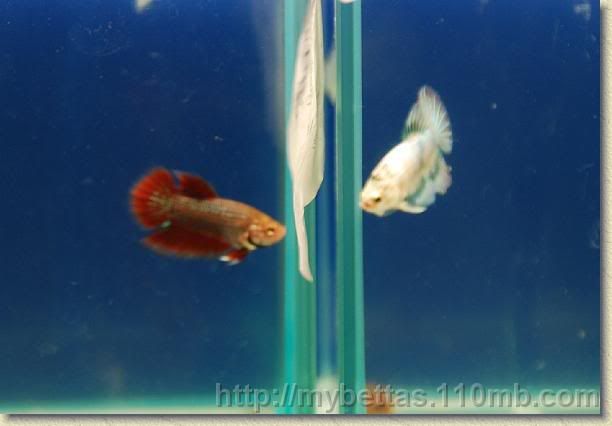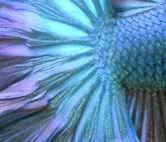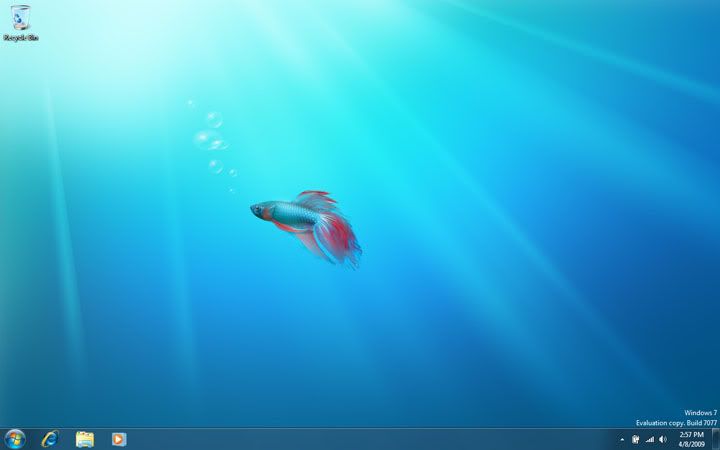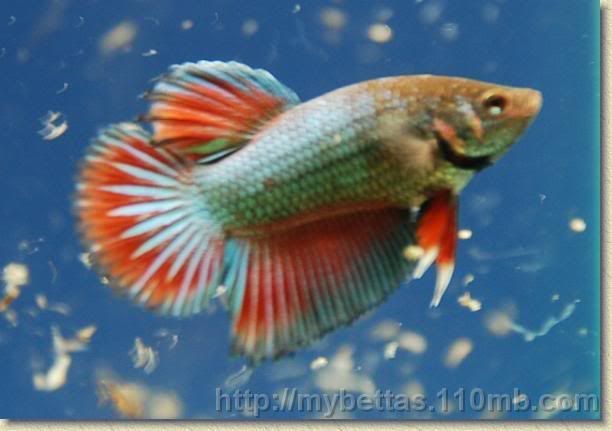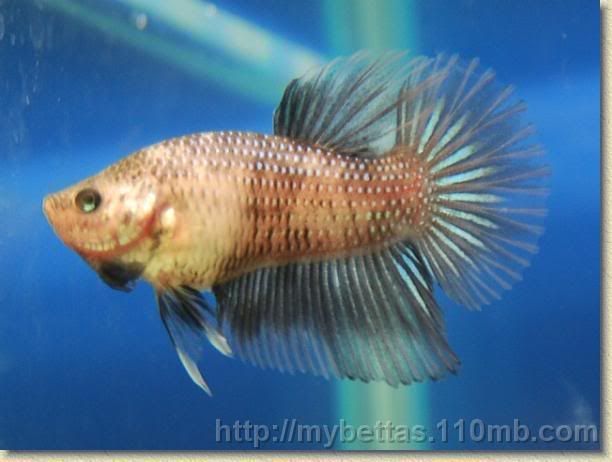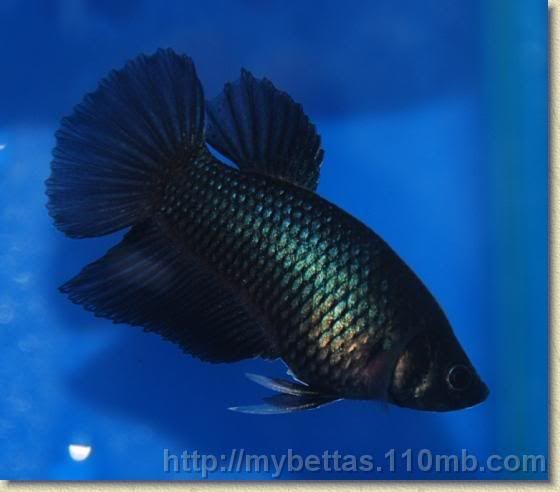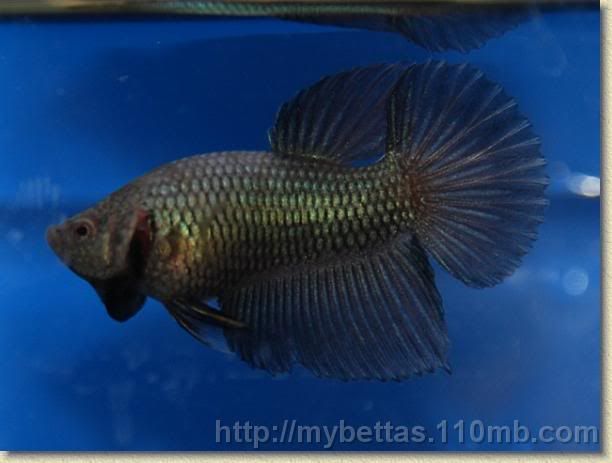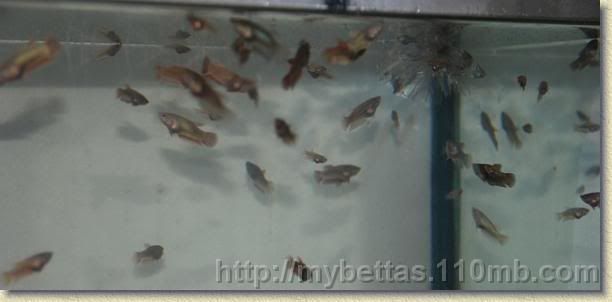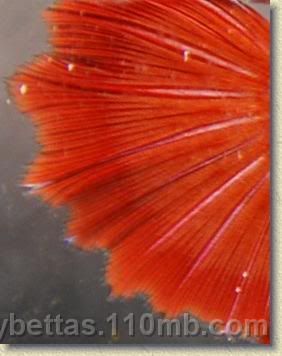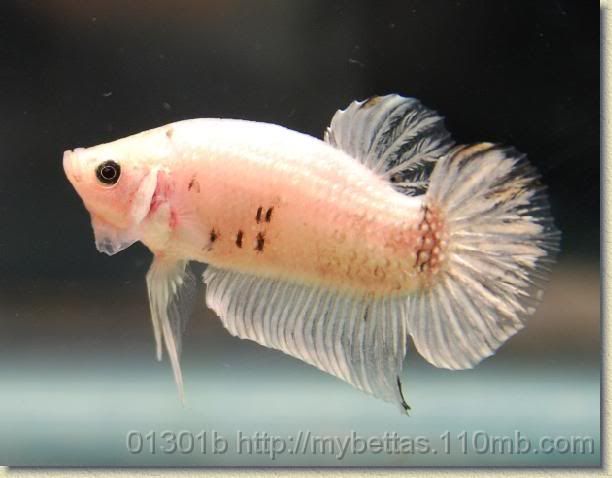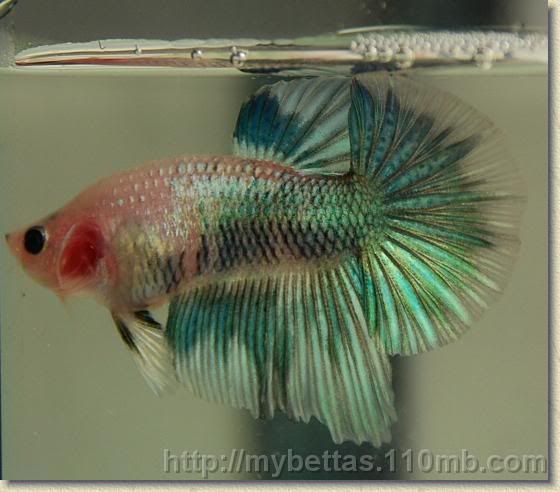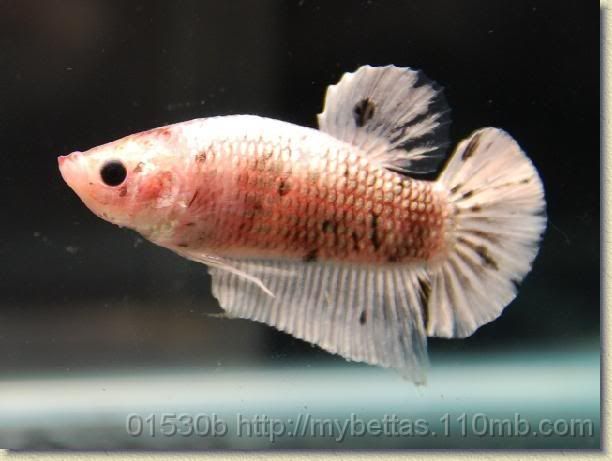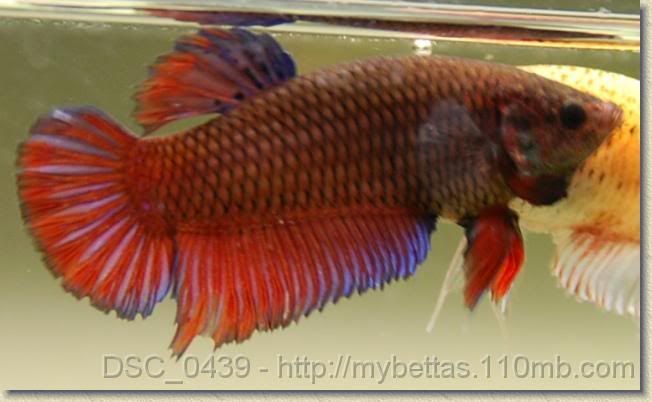Suppose you'd like to have a month long break - holiday, work, away, etc - and no one is around to feed your bettas, what would you do? The easiest way would be to find someone volunteering to take care of them, but there are times when either letting people into your home isn't the option or sending the buggers are too cumbersome, so here are few ideas.
Fry
If you have fry of less than a month old, then tough luck. We can't figure out a better way to feed them except by using bbs and you need to prepare for the bbs every single day. Vinegar eels don't help, too thin and not sufficient nutrient. If you're lucky to live in warm climate then you may just okay to put them outside, with lots of plants and mozzies (this is applicable to adult bettas too!).
One alternative that we have never tried is to use automatic feeder, good quality one, but instead of putting pellets in there, you put crushed pellets. Small fry eat small pellets, bigger ones will eat larger pellets, everybody is happy. If you noticed that your water goes foul quicker, then keeping a snail can help to clean up the tank.
If you have large tank and you don't mind a bit of algae, putting rottifiers may last your fry for sometime. Just make sure you don't get dragonfly egg in there, or else you'll be seeing a very empty tank when you return from your break :)
JuviesIf you only have small juvies of say 1 month old, chances they are ready to pick on live worms, hence you can try to put X amount of worms in their tank and if you calculate it properly, the worms could last for a good 2+ weeks. There are some tricks on this of course. First of all, once juvies started to eat worm, you'll be surprise on how fast they consume the worms. For instance, our 100+ juvies can consume a good 100ml worms in 3 or 4 days time. If you have smaller number of juvies, then that kind of amount of worms can last the holiday.
One thing that you have to be aware is that you *can't* just put lots of worms in a tank, they'll die very quickly. They need aeration, a strong one. Also, you need to make sure the tank is large enough, say one of those 100+L tank (4' would be good). If you don't have such a large tank, then you need to split your juvies to smaller tanks and apply the same technique below.
Another thing is that worms can't be placed in constant warm water, the warmer the water, the more active they are and hence the faster they die. Notice how fast your water foul if you don't listen ;)
For the temperature control, we have been using electrical timer so that the heater is turned on for 15 mins for every 2 hours. This causes the water temperature to be slightly lower, perhaps in the lower 20s C, enough to keep the juvies happy and the worms not getting into panic mode. Put the heater near aeration output, it'll distribute the heat to the rest of the tank faster.
If you use pellets, then you can make use of automatic feeder. We found it was difficult to get the right frequency/amount for the pellets. Remember that in the early days of your juvies, you may be okay to feed them a little, since they're still small. But when 1 or 2 weeks has passed, they get hungrier all the time and therefore you need to take this into account. Automatic feeder is difficult to be adjusted for this reason, hence you may get some skinny and malnutrient bettas when you get back from your break.
On the last week of the break, if there isn't sufficient amount of foods available - or nothing left at all - then your bettas will fight and start cannibalizing their weaker/younger ones. You'll be lucky when you returned they are simply skinny, sometimes you'd find majority are sick, dying, etc.
Note that you can't repay back the missing foods. Starvation will cause your juvie to stunned and once they're stunned, there is no way for you to make them un-stunned. So, keep your feeding frequency regular, otherwise you may not get the quality you want.
Adult MalesAdult males are more difficult to take care of. Simply because they are jarred into their individual tanks. With the appropriate measurement of worms, you may be able to keep them alive for a good 1 week, and then you can only hope that they will not die of starvation for the remaining weeks. Alternatively, buy lots of automatic-feeders and accustom them to pellets.
A single male in a 12" tank - 20L - with sufficient worms should last him well for 2 or 3 weeks. Males are not terribly interested in foods. However, this means you need to get appropriate tanks, you can't just keep him in the beanie box since the size of the box is way too small.
Adult FemalesBest way would be to either put them into large tank and feed live worms, just like juvies - knowing that they'll eat twice as fast as the juvies - or get an automatic feeder. Feeder would be simpler for females, they are usually not really fussy as to what they eat. Unlike the juvies, adult females eat "constant" amount of pellets, hence the feeder is good enough. Lack of foods will make them thinner, but at least they're still alive and well when you return back.
We will be experimenting with all of the above to see how long the worms survive in our tanks or the frequency needed for the pellets. It might come handy when we're on the break ;)
